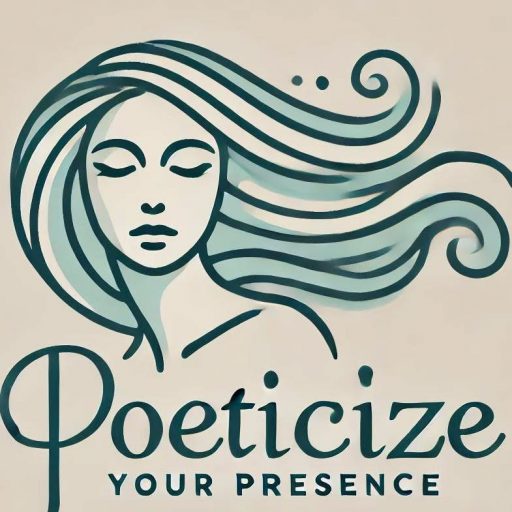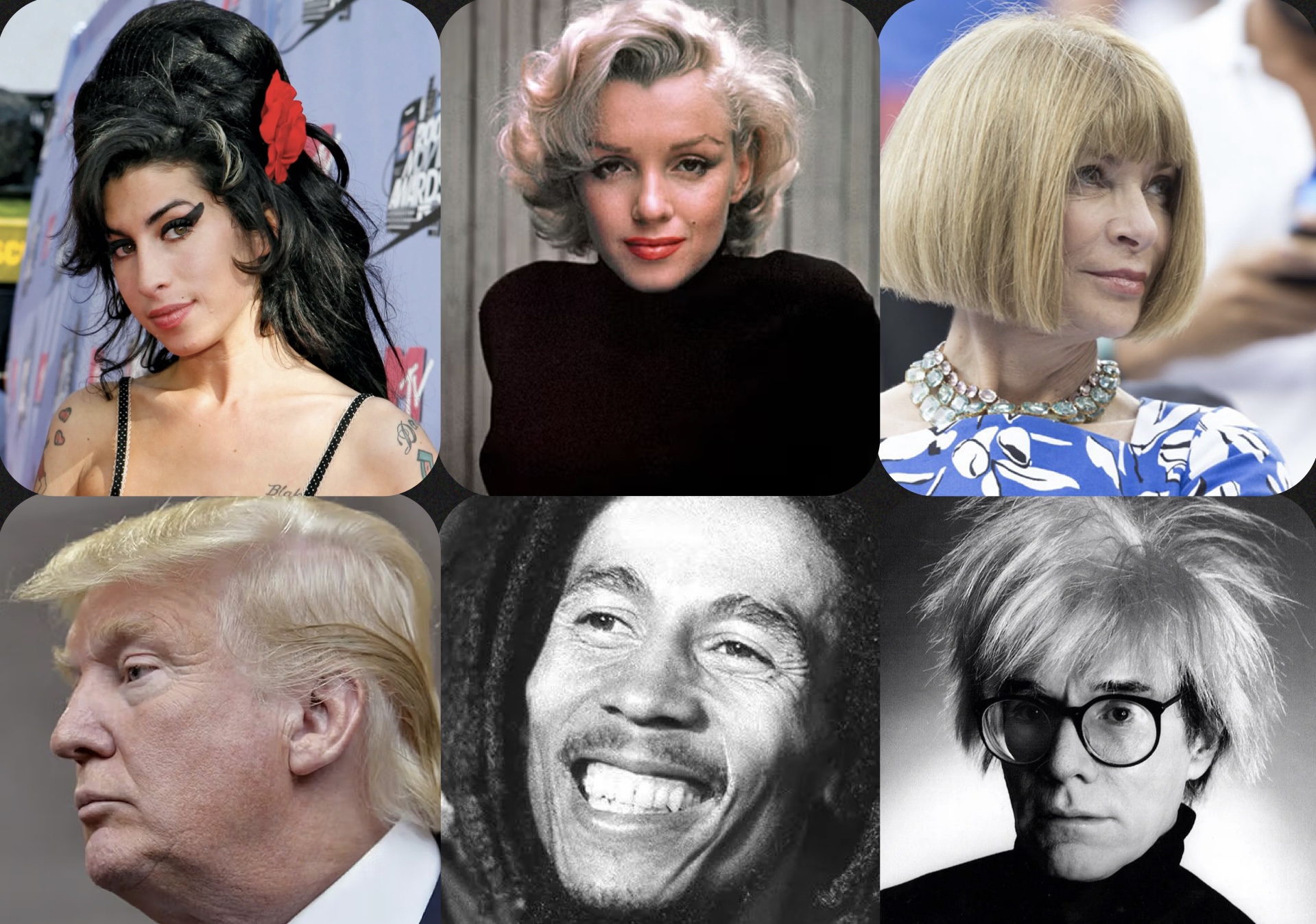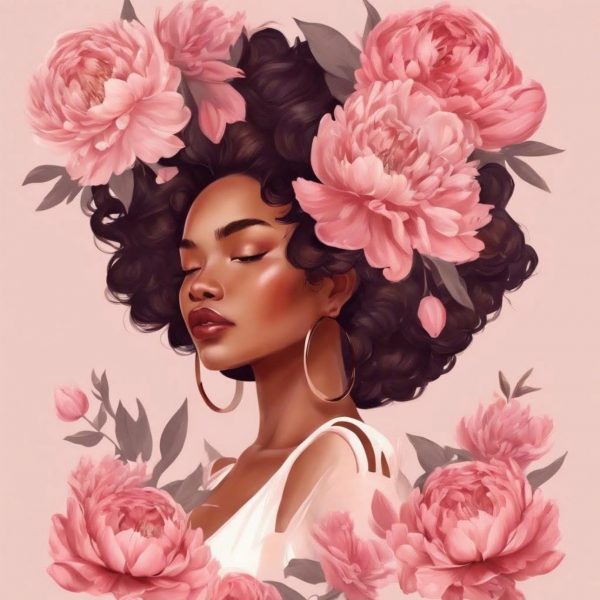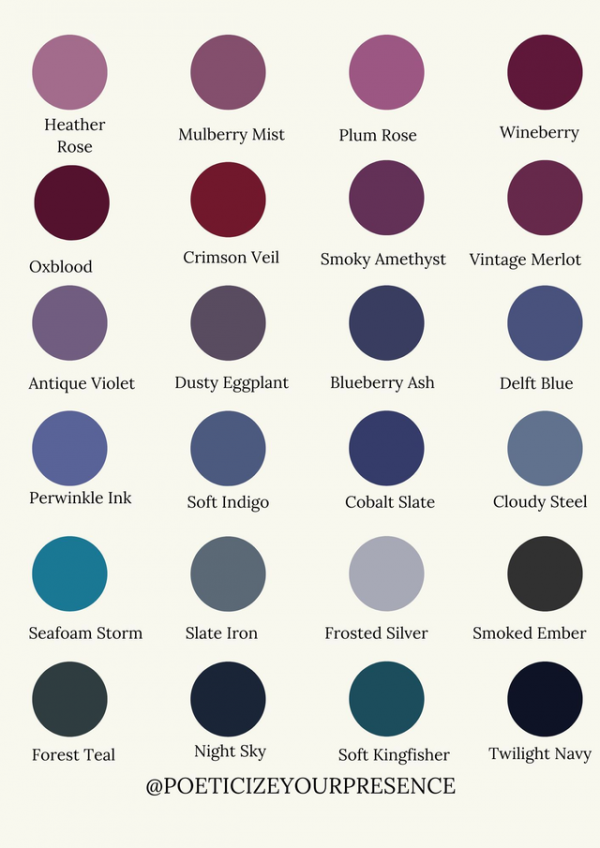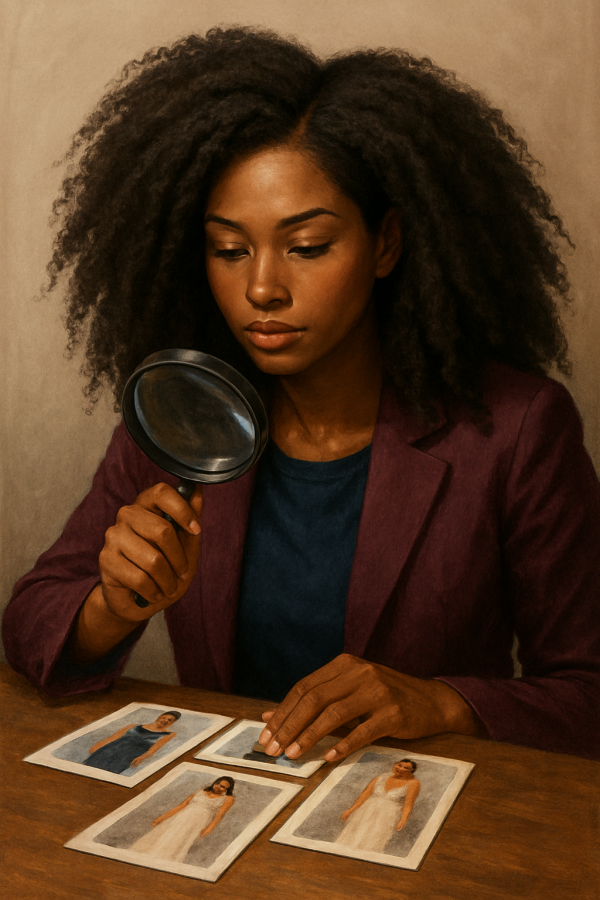What Do (or did) Anna Wintour, Bob Marley, Donald Trump, Andy Warhol, Macy Gray, Amy Winehouse, Marge Simpson, Don King and Marilyn Monroe All Have in Common?
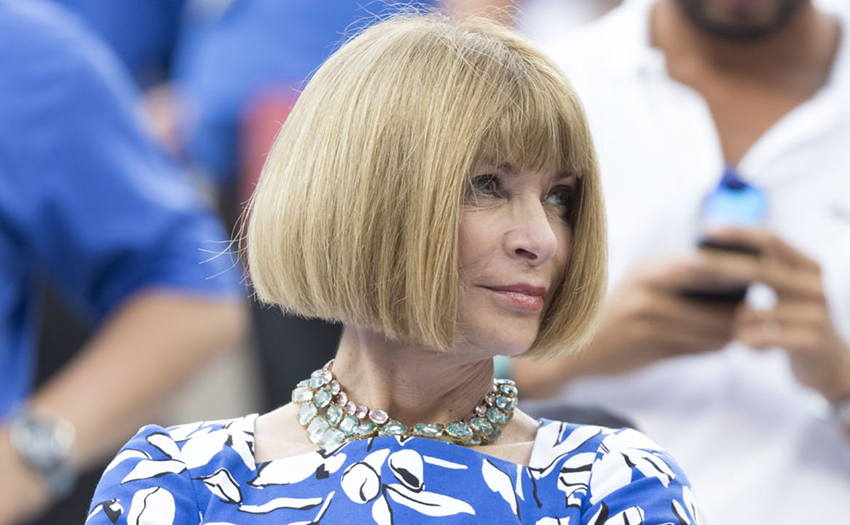
They each have – or had – an Iconic Hairstyle. A hairdo so distinctive, so inseparable from their identity, that it became a visual shorthand for who they are. Their hair is like a logo or a calling-card.
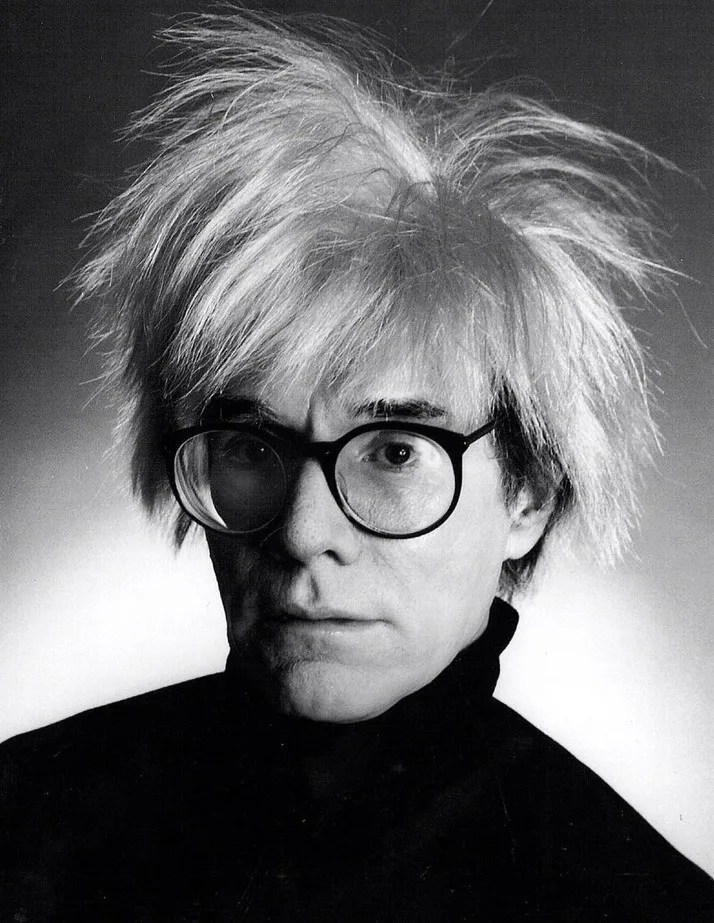
What is an Iconic Hairstyle?
An iconic hairstyle is more than just a look — it’s a signature. It’s instantly recognisable and so closely tied to its wearer that it becomes a visual shorthand for their identity. Iconic hairstyles transcend time, culture, and trends, creating a powerful statement that often becomes part of a person’s brand. Think of it as a hairy personal logo that “enters the room before you do.”
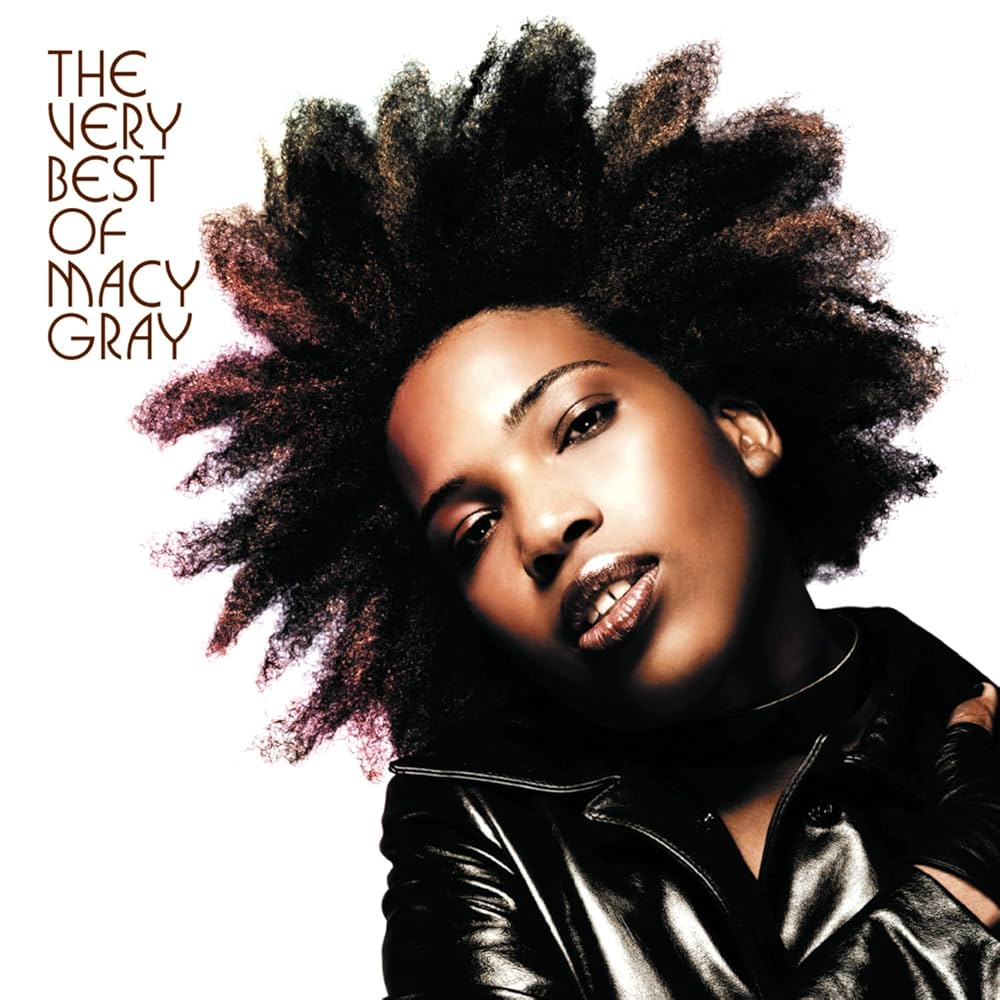
Famous People with Iconic Hairstyles
Some individuals have hairstyles that are arguably as famous as — or even more famous than — they are. Let’s take a look at a few examples.
Anna Wintour: The Polished Bob
Anna Wintour, the legendary editor of Vogue, has worn the same sleek, sharp bob with a short fringe for decades. Her hairstyle is as much a part of her image as her oversized sunglasses. It’s a symbol of power, authority, and precision — qualities that align with her role as a tastemaker in the fashion world.
Would we even recognise Wintour without her signature bob? Likely not. Without the iconic hair, would you even know it was Anna?
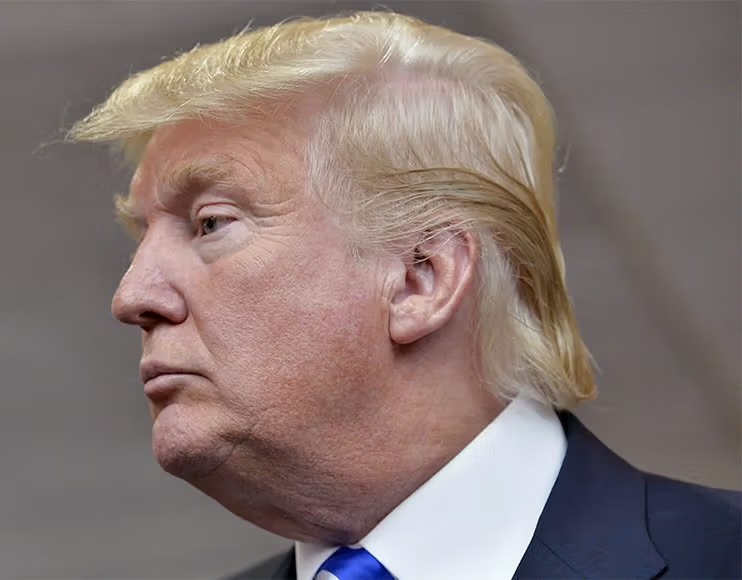
Donald Trump: The Gravity-Defying Comb-Over
Donald Trump’s flaxen, swooping comb-over has been the subject of ridicule, curiosity, and parody — but it’s undeniably iconic. Love it or loathe it, that hairstyle became a visual trademark, instantly recognisable and inseparable from his brash, larger-than-life persona.
Macy Gray: Natural Volume and Character
Macy Gray’s natural coily hair is instantly recognisable and has always felt like a seamless extension of her artistry. Her hair reflects her individuality — expressive, textured, and completely her own.
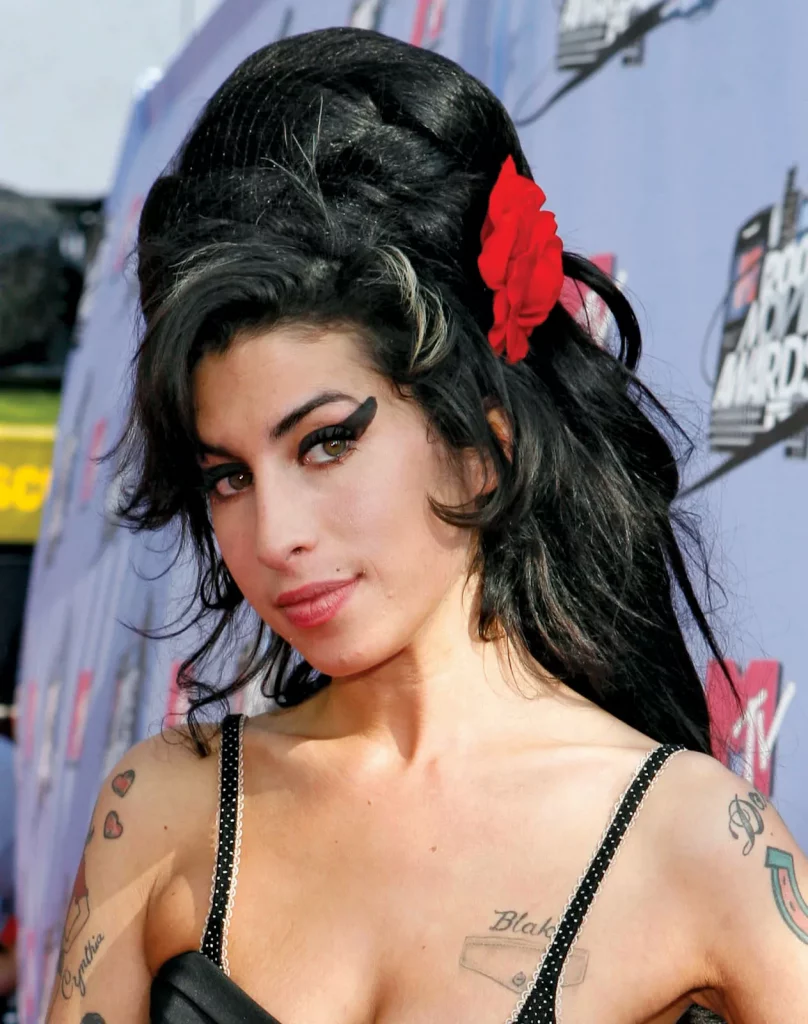
Amy Winehouse: The Rock-and-Roll Beehive
Amy Winehouse’s towering beehive was an emblem of her rebellious, soulful energy. This dramatic hairstyle screamed rock ’n’ roll and carried the spirit of a maverick who danced to her own tune. Her hair didn’t just make a fashion statement; it embodied her Outlaw Style Energy Archetype — unconventional, unapologetic, and unforgettable.
Andy Warhol: The Silver Wig
Andy Warhol’s silver, almost cartoonish wig is one of the most recognisable features in modern art history. The hair was deliberately artificial, acting as both a mask and a persona, embodying his fascination with artifice and pop culture. It became a visual extension of his avant-garde identity.
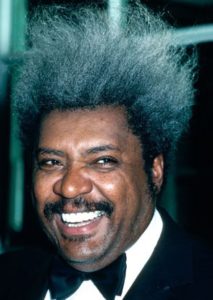
Don King: The Sky-High Crown
Don King’s towering, gravity-defying hair was more than eccentric — it was unforgettable. The electrified halo of grey became a theatrical extension of his bombastic personality, cementing him as a larger-than-life figure in boxing and pop culture. His hair announced him.
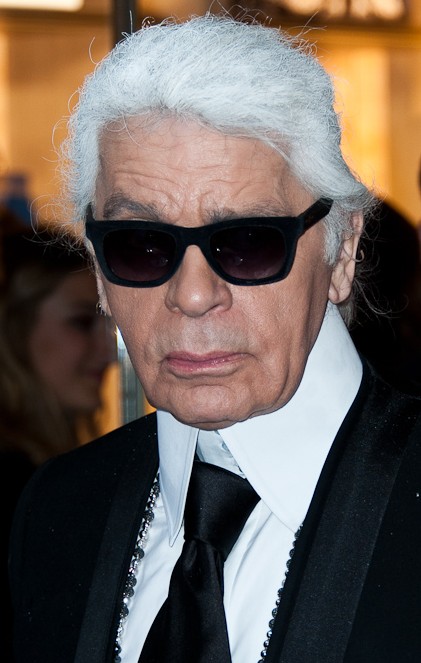
Karl Lagerfeld: The Powdered Ponytail
Karl Lagerfeld’s white, powdered ponytail, always worn with dark glasses— became an essential part of his curated uniform. It was a deliberate, stylised look that blurred the lines between man and brand. The hair didn’t just frame his face; it framed a legacy.
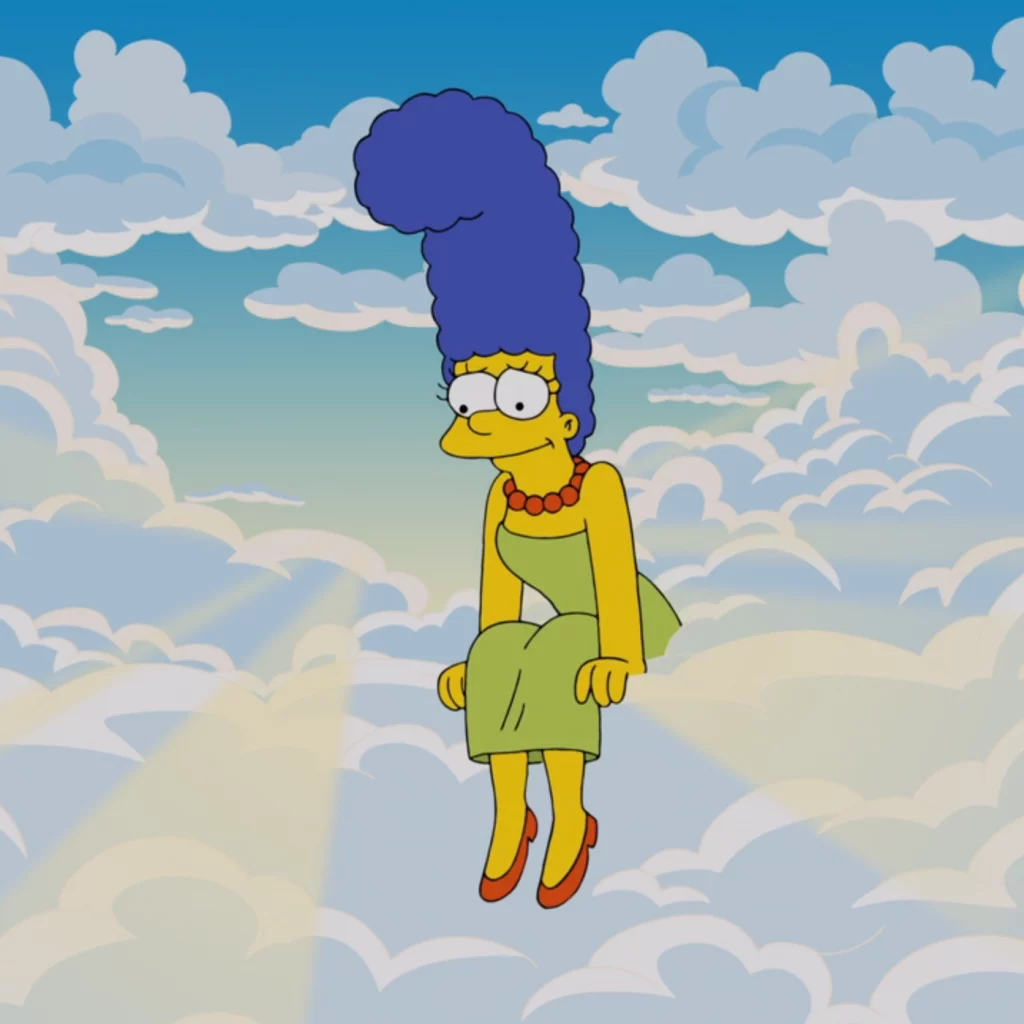
Marge Simpson: The Towering Beehive
Marge Simpson’s electric-blue beehive defies both gravity and logic, but never changes. The absurd height and colour became a comic exaggeration of domesticity, instantly recognisable across generations. In a show filled with chaos, her hair remains oddly consistent — a visual anchor in animated absurdity.
Grace Jones: The Sculpted Fade
Grace Jones’ angular flat-top fade wasn’t just a haircut — it was visual architecture. Sharp, symmetrical, and futuristic, it became a central part of her androgynous, avant-garde image. The consistency of that cut, even across decades, made her silhouette instantly recognisable and utterly iconic.
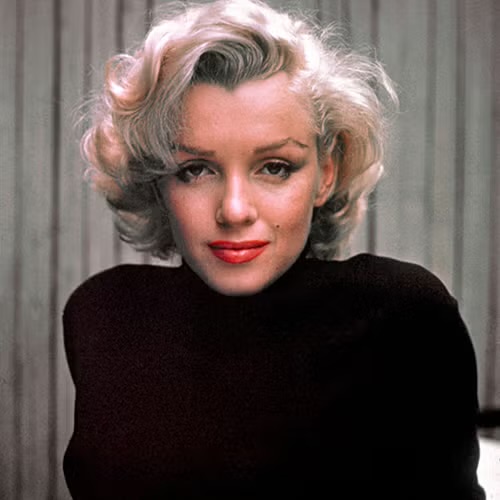
Marilyn Monroe: Platinum Blonde Waves
Marilyn Monroe’s bleached blonde curls were more than a bombshell look — they were a crafted illusion that helped her embody Hollywood’s golden era. Her hair wasn’t naturally that shade, but it became her signature, inseparable from the myth of Marilyn and the soft, hyper-feminine allure she projected.
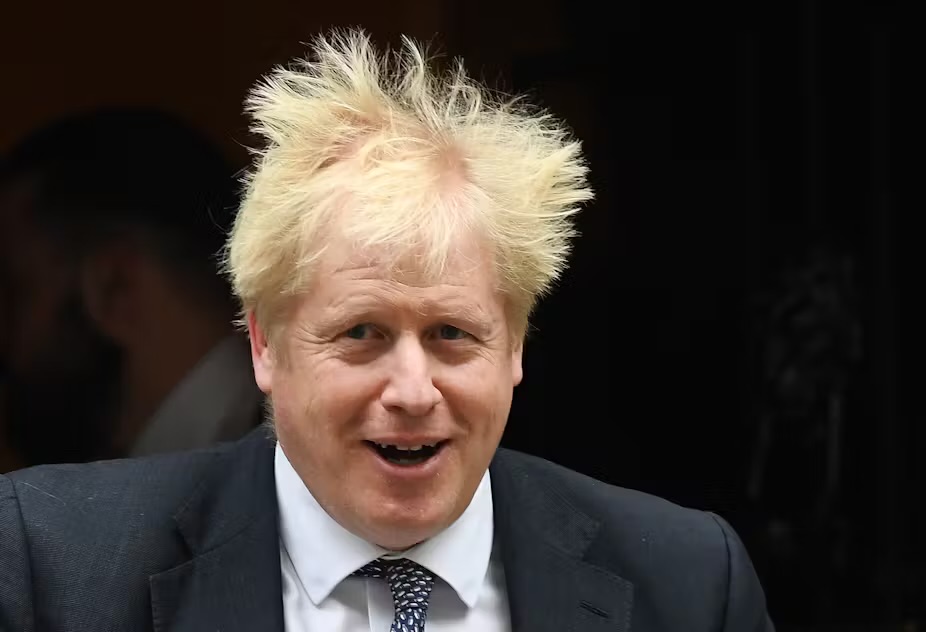
Boris Johnson: The Unruly Mop
Boris Johnson’s dishevelled, chaotic light blond hair mirrors his eccentric public persona. His trademark unkempt hairstyle came to represent a kind of calculated disorder — part charm, part distraction, part brand. Boris’s iconic hair resonates with his Jester Style Energy archetype.
Bob Marley: Spiritual Dreadlocks
Bob Marley’s dreadlocks weren’t just a style choice — they were a spiritual and cultural expression rooted in his Rastafarian beliefs. His locs became a global symbol of resistance, identity, and soulful conviction, worn with purpose and worn for life.
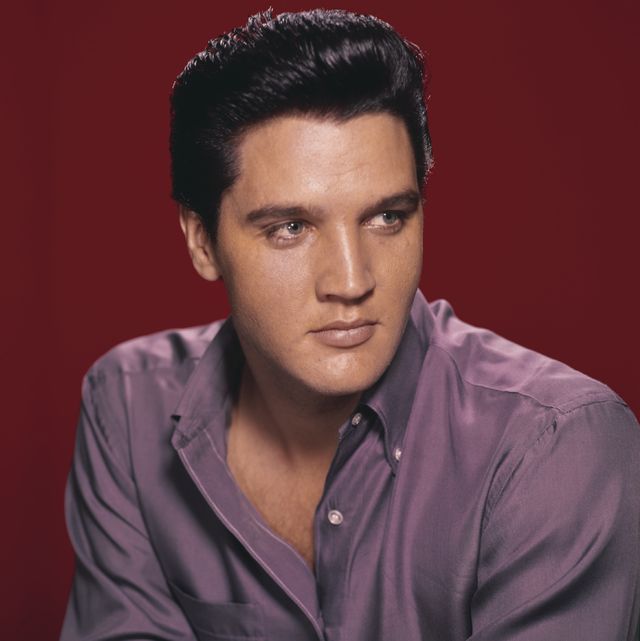
Elvis Presley: The Slicked Pompadour
Elvis’s jet-black pompadour, thick with product and precision, became almost as iconic as his voice. Styled with almost architectural care; It was part rock ‘n’ roll rebellion, part polished showman — and entirely Elvis.
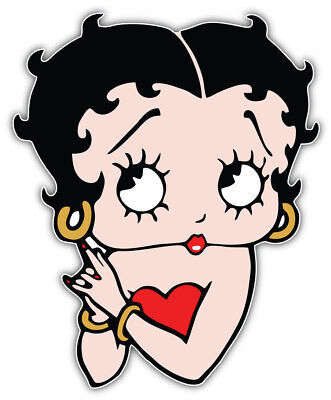
Betty Boop: The Flirty Finger Waves
Betty Boop’s inky black finger waves, with their single exaggerated curl, encapsulated 1930s cartoon glamour. Her hairstyle was a wink, a shimmy, a signature — coquettish and unmistakably hers. Decades on, her silhouette still evokes vintage flirtation with just that one perfect curl.
What’s Useful About Having an Iconic Hairstyle
1. Instant Recognition
An iconic hairstyle can be as recognisable as a logo. Anna Wintour’s bob is as synonymous with her as Nike’s swoosh is to the brand. A consistent hairstyle builds a personal “visual brand” that ensures you’re remembered.
2. A Strong Narrative
Your hair can tell a story about who you are. Amy Winehouse’s beehive screamed rebellious rock-and-roll energy, while Anna Wintour’s bob reflects power and refinement. An iconic hairstyle becomes a symbol of your personality, values, or role.
3. Cultural Legacy
Certain hairstyles, like Shirley Temple’s curls or Andy Warhol’s wig, become cultural touchstones. These styles transcend the individual and are forever associated with a specific moment in time or cultural movement.
4. Emotional Impact
An Iconic Hairstyle is a consistent visual that builds memory, recognition, and even emotional response. Think of deceased legends like Marilyn Monroe or Amy Winehouse — even if you stripped away everything else, their hair alone would likely still identify them.
Hairstyles can evoke emotions or memories, making them more impactful than just a fashion choice.
How to Make a Hairstyle Iconic
Interestingly, an iconic hairstyle doesn’t have to be your natural hair texture, colour, or even your real hair at all. Marilyn Monroe’s platinum blonde was achieved with bleach and regular upkeep — but it became her signature. Similarly, Warhol’s silver wig wasn’t his real hair, but it encapsulated his entire artistic philosophy.
Iconic hair can happen by accident or by design. For some, it’s deliberate branding (Anna Wintour’s bob was likely a calculated choice). For others, it evolves naturally — Macy Gray’s curls or Amy Winehouse’s beehive felt like an extension of their essence. Whether intentional or not, an iconic hairstyle tells a story. It says something about who you are, how you see yourself, and how you want to be seen.
An iconic hairstyle is a visual signature, a personal logo, and an extension of identity. From Marilyn Monroe’s bleached blonde locks to Don King’s iconic, instantly recognisable do, the power of hair lies in its ability to tell a story, forge an emotional connection, and create a lasting impression. Whether by design or by accident, iconic hairstyles are more than just hair — they’re history.
Want to Poeticize your own hairstyle? Book a consult!
Staff picks
-
*most popular choice – THE FULL STORY – Silhouette, Colour Analysis with 36 Custom Shades, Style Archetype, Video Consult
Original price was: $549.00.$499.00Current price is: $499.00. -
24 Colours – CUSTOM COLOUR ANALYSIS (Beautiful Custom Palette, 40+ page PDF Report & Curated Pinterest Board)
$170.00 -
36 Colours – CUSTOM COLOUR ANALYSIS (Beautiful Custom Palette, 40+ page PDF Report & Curated Pinterest Board)
$225.00 -
A SECOND OPINION – had conflicting colour analyses elsewhere & seeking an expert opinion?
$110.00
